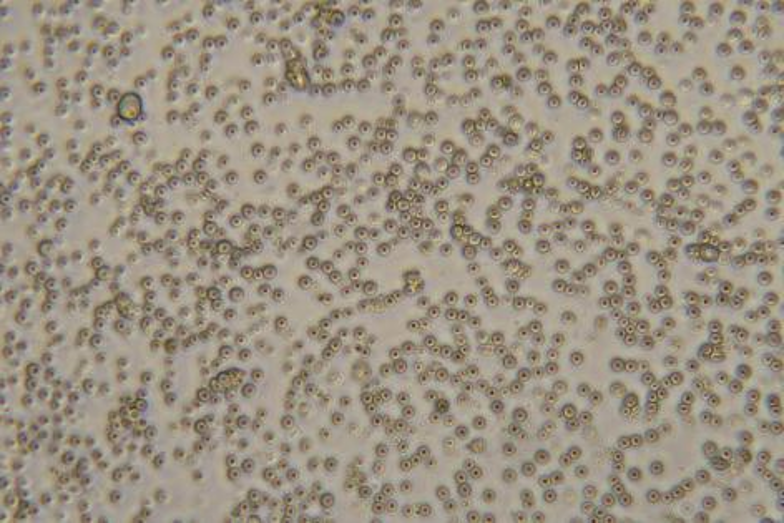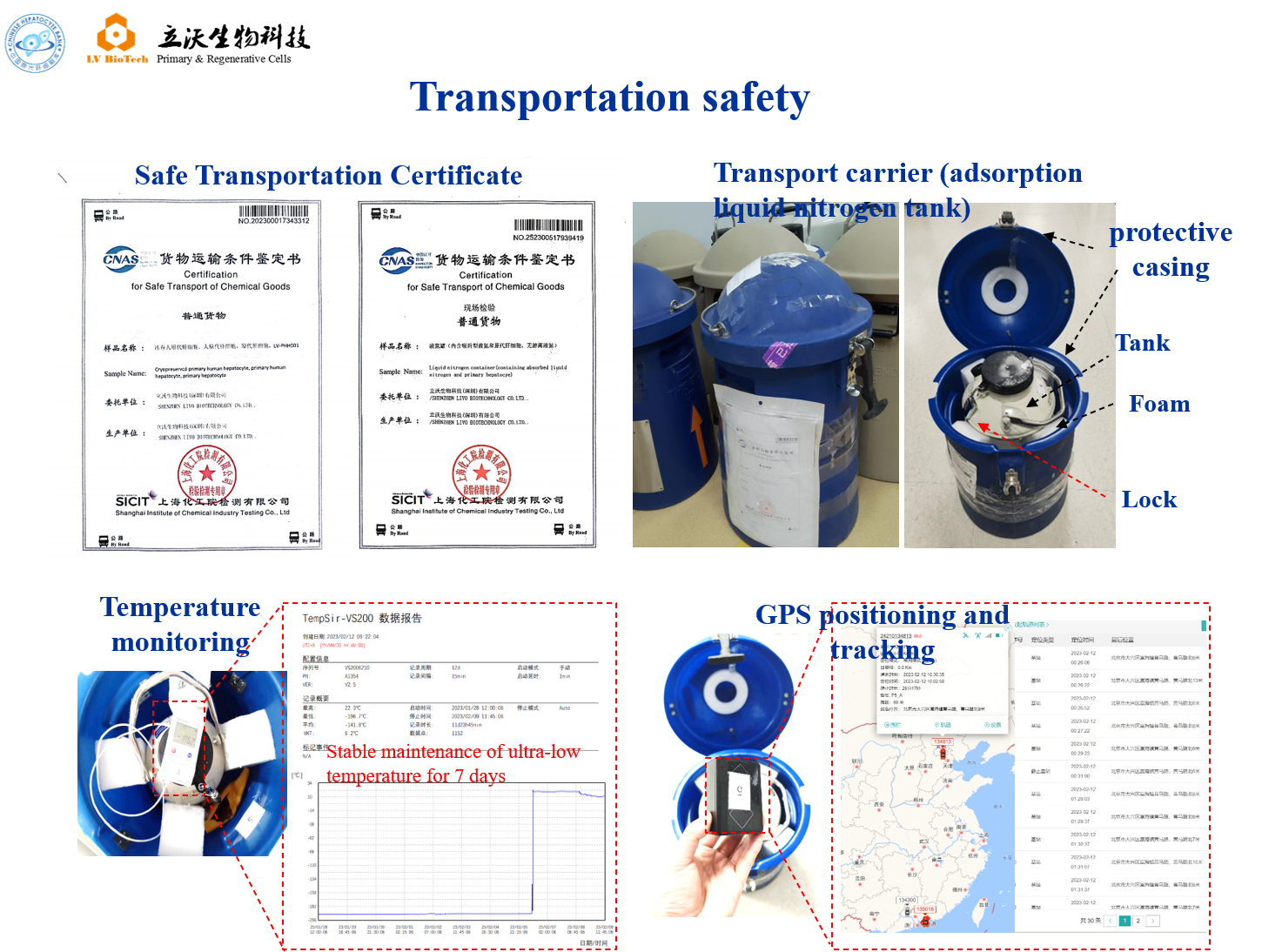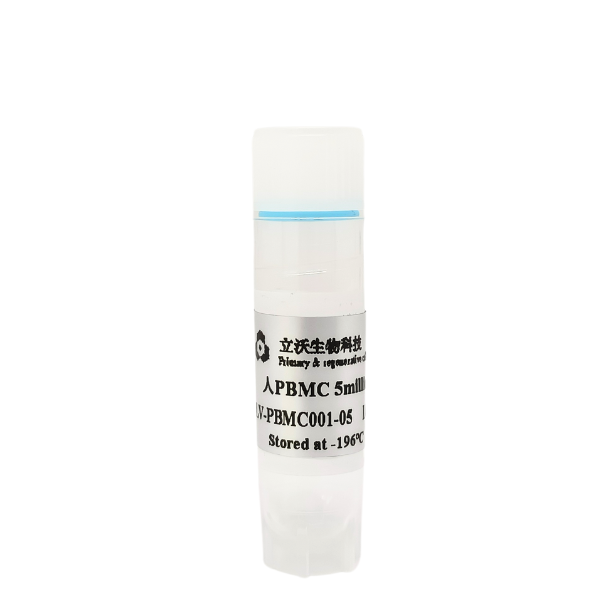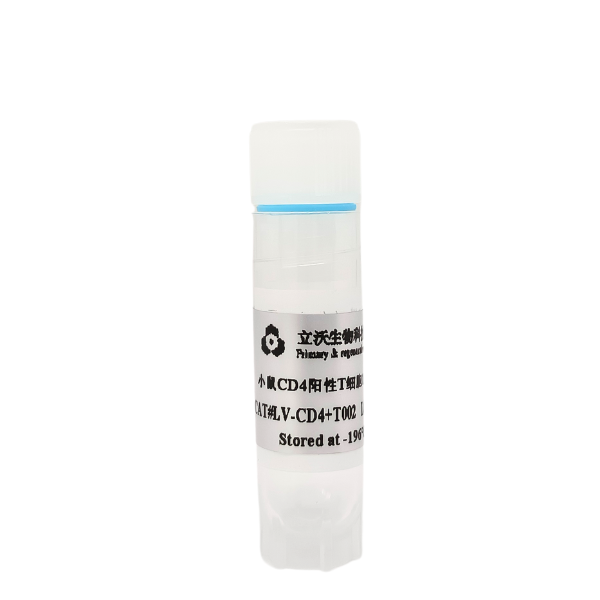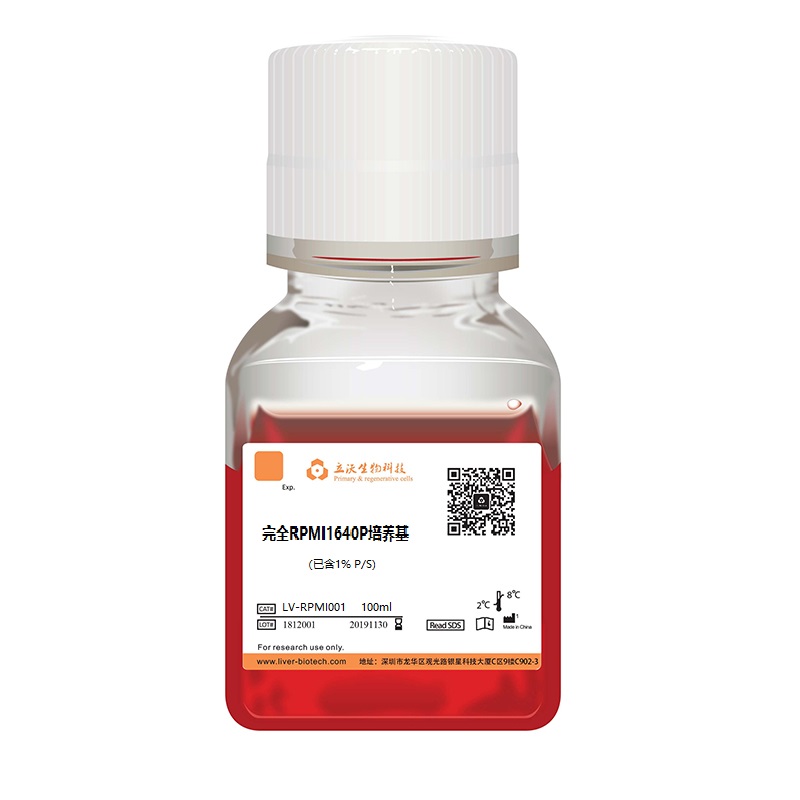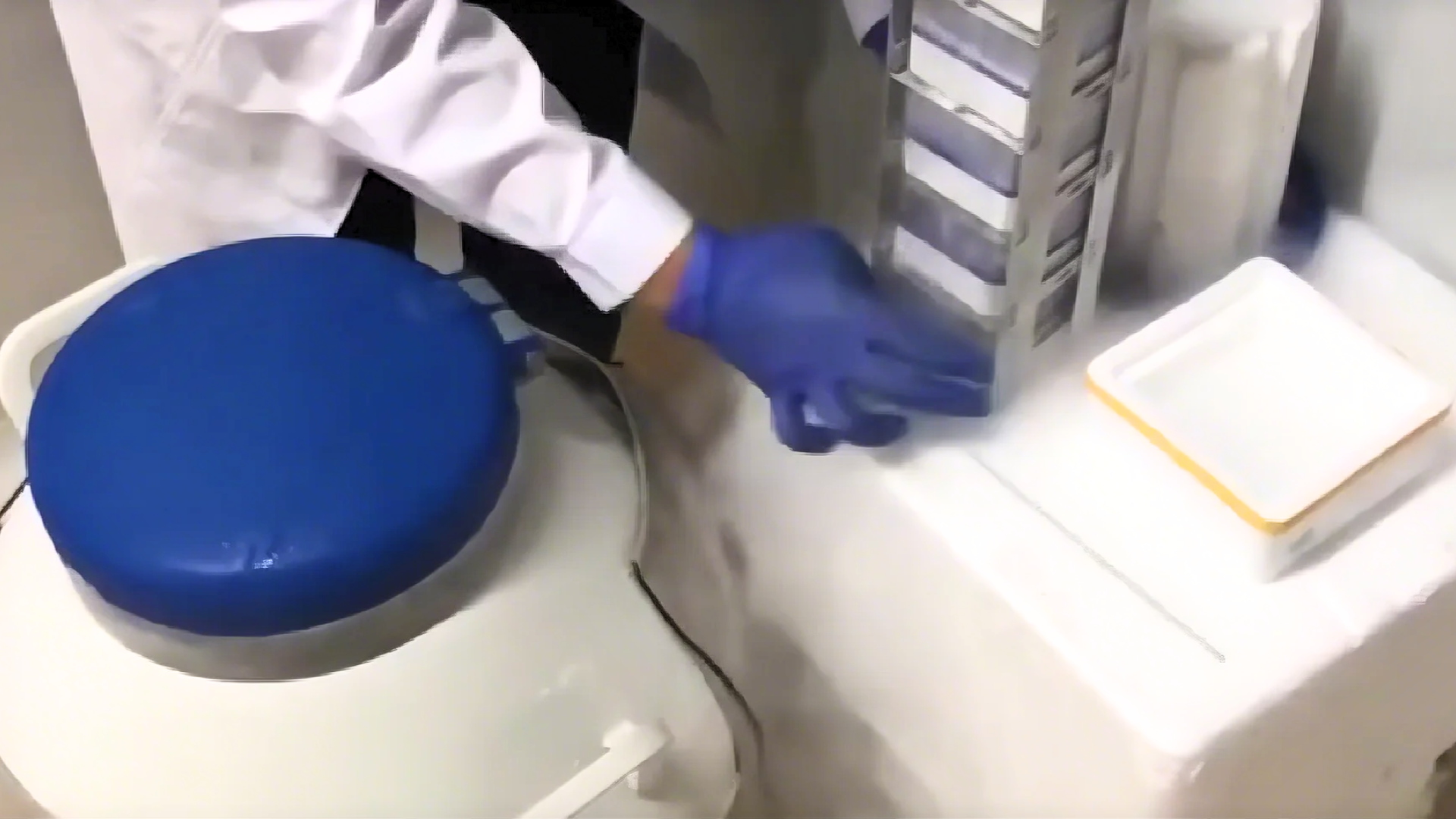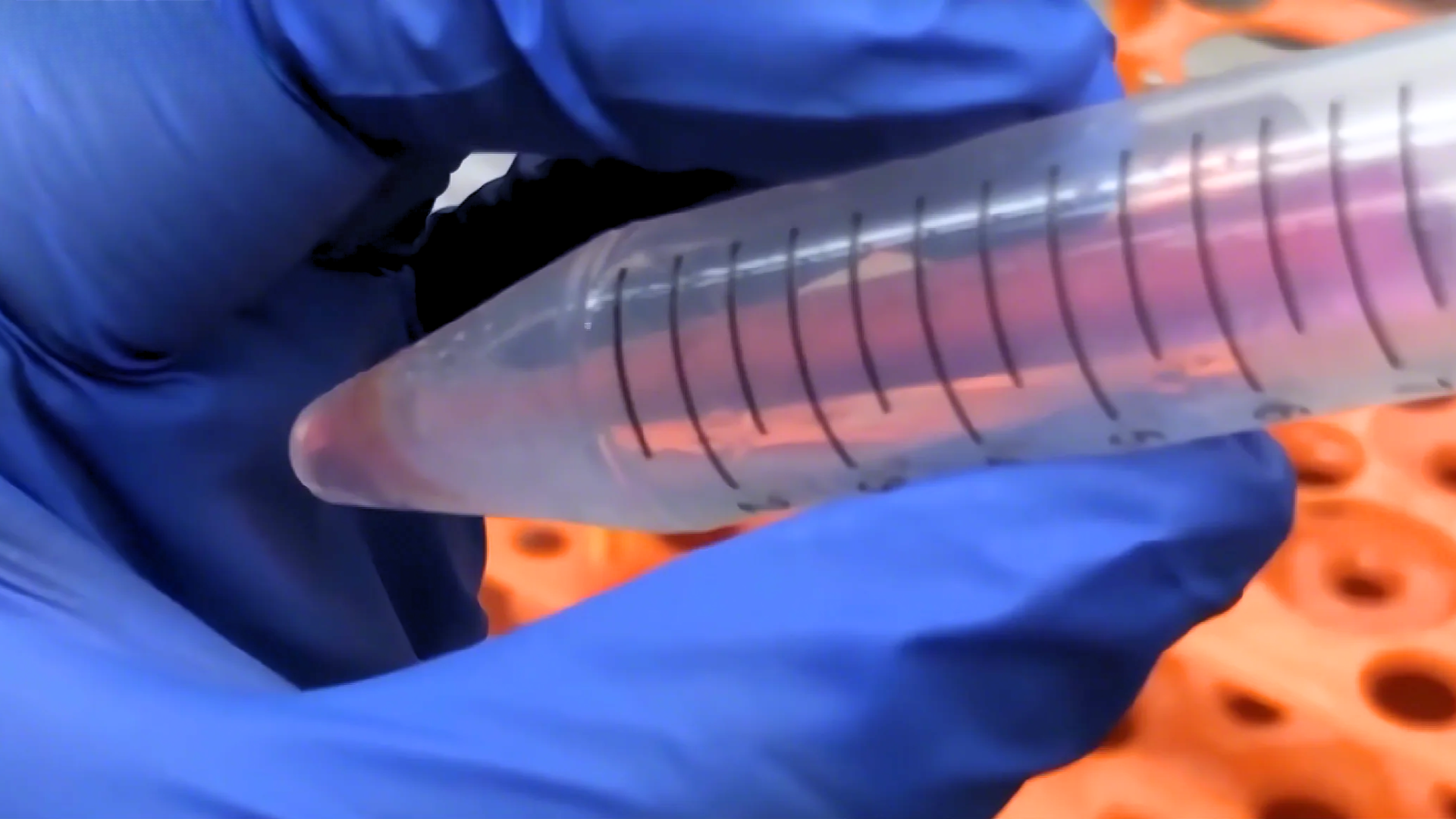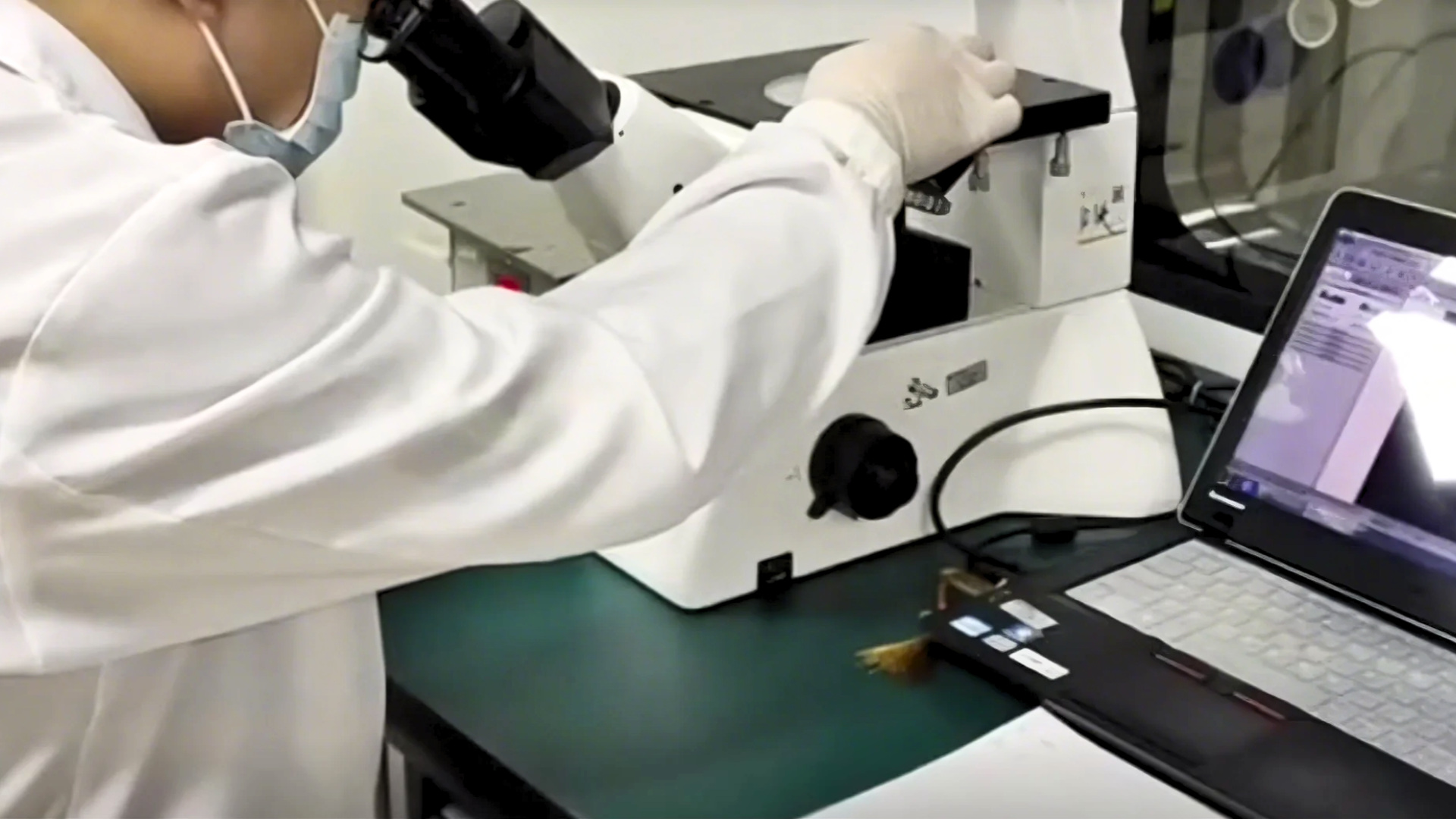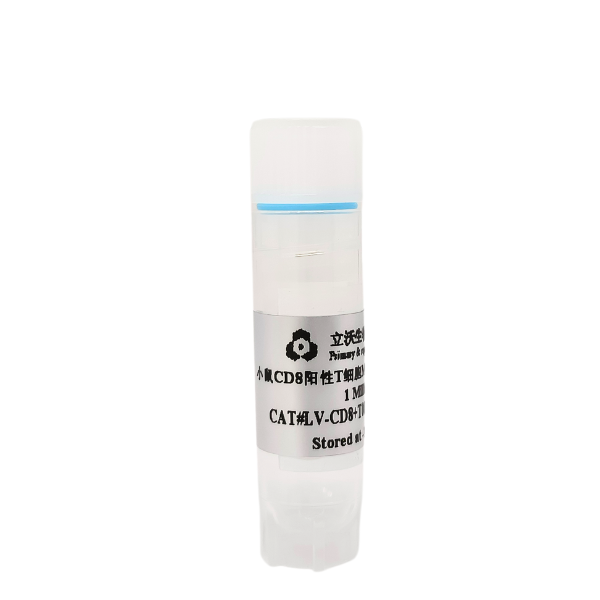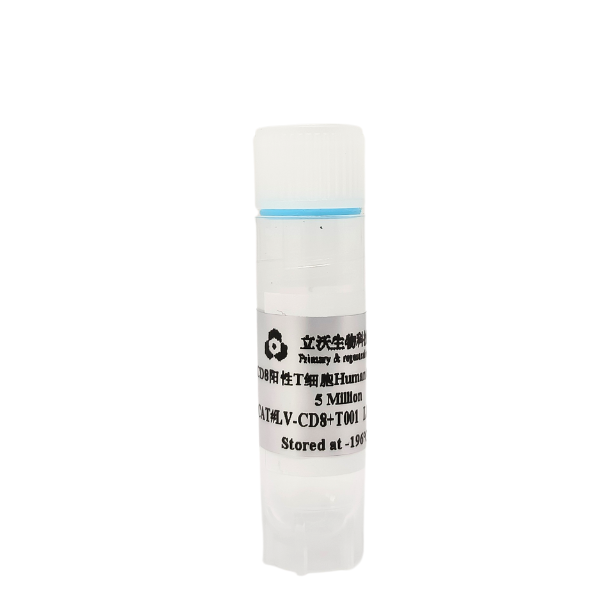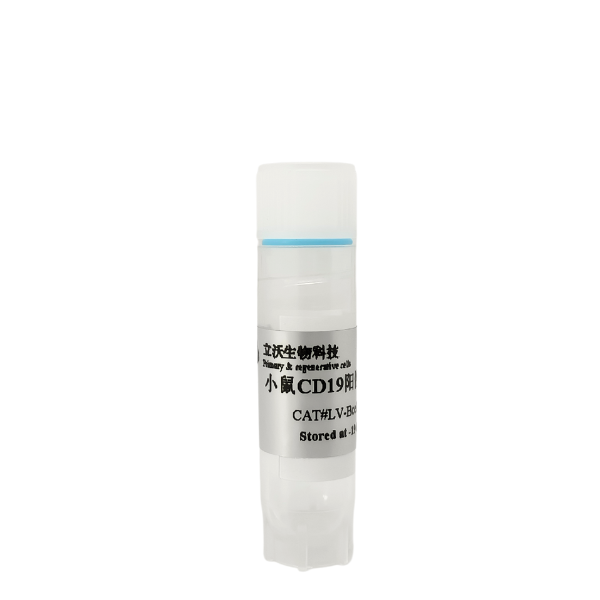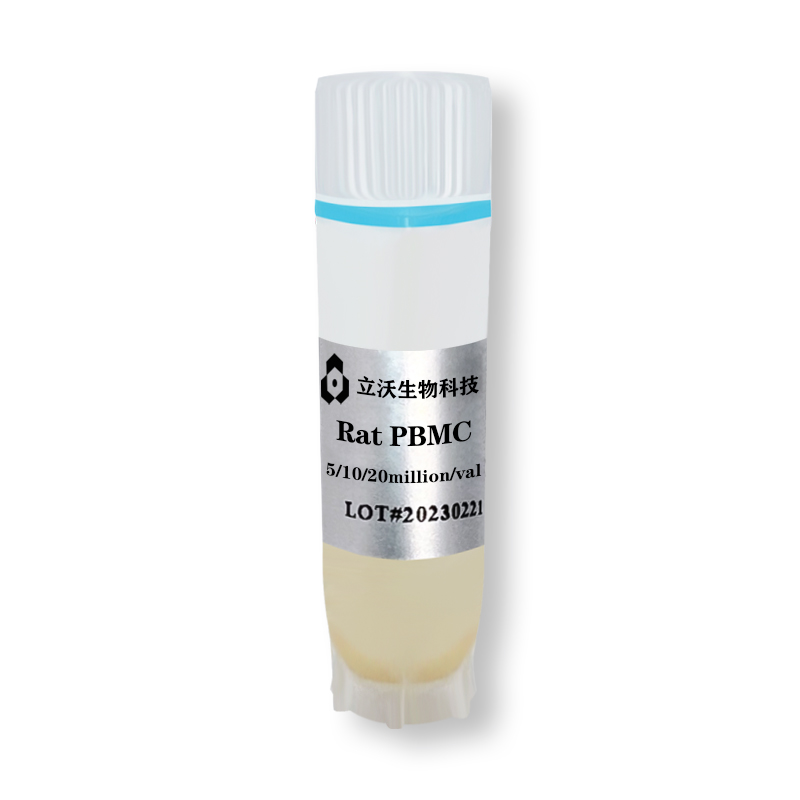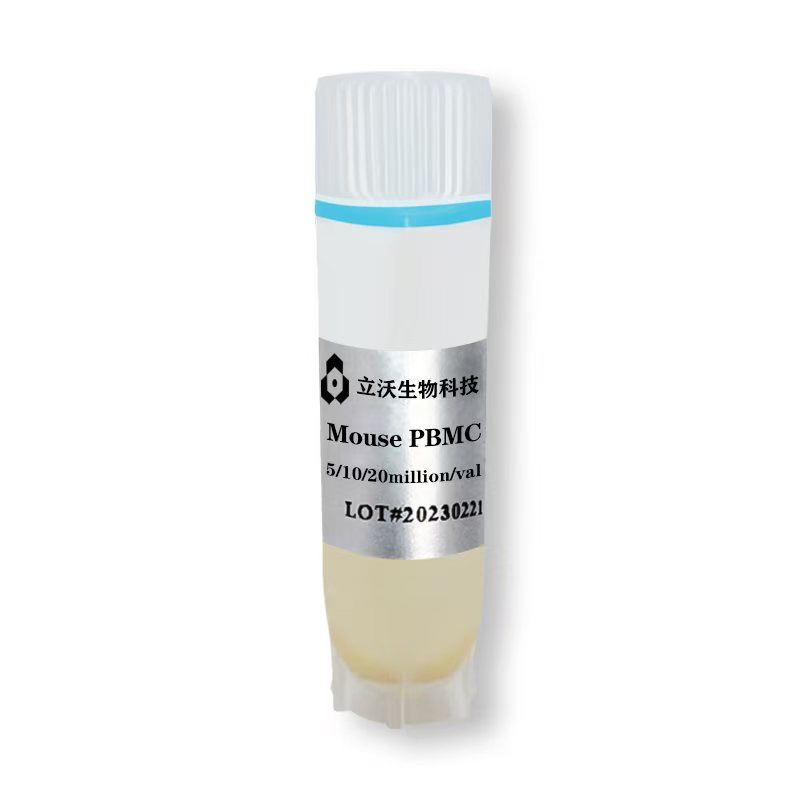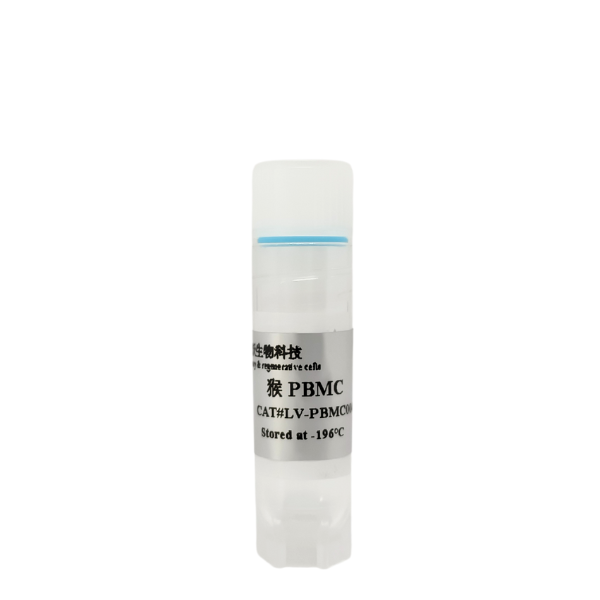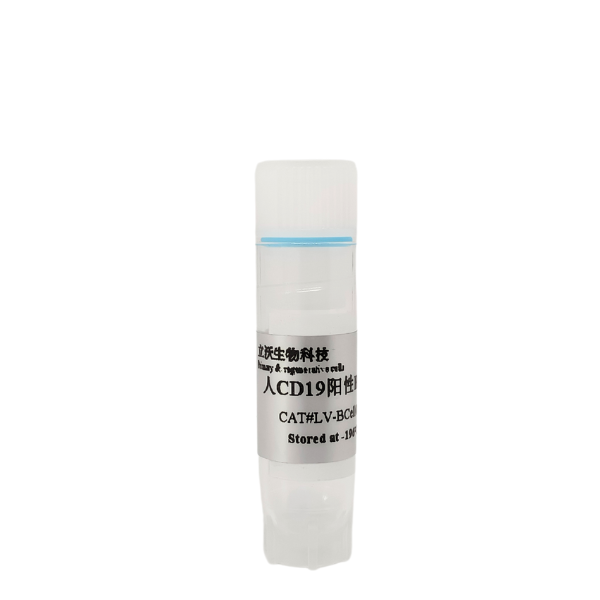Transport Mode
Liquid Nitrogen Transportation
1、Adsorptive Liquid Nitrogen Transportation ,No free liquid nitrogen ,White vapor emission indicates normal operation.
2、Temperature monitoring devices should closely monitor the temperature inside the tank during transportation. If any abnormalities are detected, you can copy the PDF and Excel data from the temperature recorder. (One end of the temperature monitoring device can be unplugged to reveal a USB connector. Simply insert it into a computer to copy the data. If you encounter any difficulties, you can contact the sales staff and technical support for assistance.)
3、Alloy Combination Lock Designed to ensure no third-party access to the LN₂ tank or cell samples during transportation from dispatch to receipt, thereby safeguarding cell integrity.
4、GPS Tracker Enables real-time tracking of cell transportation routes to prevent loss.
5、Liquid Nitrogen Tank, temperature monitoring device, alloy combination lock, and GPS tracker are returnable components. Please store them properly and avoid damage; failure to comply will result in blacklisting.
Reference Citation
pass over.
Scope of Application
The research applications of human CD4⁺ T cells can be summarized as the following core directions:
1. Tumor Immunotherapy Mechanism Research
Dual roles in immunosuppression and promotion: Specific subsets such as Tr1 cells inhibit anti-tumor immune responses by killing antigen-presenting classical dendritic cells (cDC1)³, while Th1 cells indirectly induce inflammatory cell death in immune-evading tumors by triggering monocytes to release nitric oxide.
Direct antitumor functions: CD4⁺ T cells can inhibit tumor cell cycle (G1/S phase arrest) by secreting TNF-α, or achieve remote killing of tumors through CAR-T-mediated IFN-γ secretion, with efficacy depending on tumor sensitivity to IFN-γ.
2. Novel Immunotherapy Development
Multispecific antibody therapy: For example, the HER2/CD3×CD28 trispecific antibody activates CD4⁺ T cells to directly inhibit tumor growth and enhance the activity of CD8⁺ T cells.
CAR-T cell optimization: In certain tumor models (such as B-cell leukemia), CD4⁺ CAR-T cells exhibit superior remote killing efficacy via IFN-γ compared to conventional CD8⁺ CAR-T cells.
3. Immune Regulation and Tolerance Mechanisms
Research on Regulatory T Cells (Treg/Tr1): Tr1 cells mediate immunosuppression via interleukin-10 (IL-10) and granzyme B secretion, thereby modulating therapeutic efficacy of cancer vaccines or immune checkpoint inhibitors.
Autoimmune disease models: CD4⁺ Treg cells regulate immune homeostasis in models such as multiple sclerosis (EAE), where they suppress excessive immune responses.
4. Neurological Disorders and Infection Immunity
Neurodegenerative Diseases: CD4+ T cells mitigate β-amyloid deposition through the CXCR6-PD-1 signaling axis, thereby delaying the progression of Alzheimer's disease.
Anti-infective Immunity: Th1 cells activate macrophages through IFN-γ secretion, promoting the clearance of intracellular pathogens such as Mycobacterium tuberculosis.
5. Interorgan Interactions and Metabolic Regulation
Entero-hepatic axis research: CD4⁺ T cells regulate the effects of gut microbiota metabolites (such as LPS) on liver inflammation.
Metabolic diseases: Involvement in the regulation of adipose tissue inflammation in obesity or diabetes models.
Conclusion
The research applications of human CD4⁺ T cells span fields including tumor immunity, autoimmune diseases, neurodegenerative disorders, and metabolic regulation. Their functional heterogeneity (e.g., Th1, Treg, and Tr1 subsets) provides critical mechanistic insights for developing targeted therapies.
Due to biannual updates of our product instruction manual, the following procedures are for reference only.
The most recent version included with the product shall prevail.
I Reagents and Materials
- Frozen CD4+T cells(Cat# LV-CD4+T002)
-Culture medium(complete RPMI1640.See the table below)
-37℃ Thermostat water bath
- Biosafety cabinet
- Sterile centrifuge tube of 15 ml
- 37 °C/5% CO2 incubator
-Wide-mouth Pasteur pipette and wide-mouth pipette tip
- Pipette
- 75% alcohol
II Complete RPMI1640 Culture Medium
Components | Dosage |
Incomplete RPMI1640 solution | 500ml |
L-Glutamine(L-Glu) | 2mM |
2-Mercaptoethanol(2-ME) | 50μM |
Penicillin | 100μg/ml |
Streptomycin | 100μg/ml |
FCS(Inactivated at 56°C for 30min) | 50ml |
III Resurgence and Plating of Cells
1. Place the complete RPMI1640 medium in a 37 °C thermostat water bath to fully preheated.
2. Quickly transfer the frozen cells from the refrigerated position to a 37 °C thermostat water bath. Immerse them as much water as possible at 37°C and shake horizontally. But make sure the lid of freezing tube remains above the water surface.
3. Thaw the freezing tube for about 90-120s, until it is just completely dissolved into solution.
4. Sterilize the freezing tube with 75% alcohol and transfer it to a biosafety cabinet.
5. Carefully aspirate the thawed cells and move to the centrifuge tube of 15 ml. Rinse the centrifuge tube and the pipet tip of aspirating cells with medium.
6. Shake the centrifuge tube while adding complete RPMI1640 medium to 12 ml (Note: the first 3 ml should be added dropwise and shaken, and the next 9 ml can be accelerated). Finally, mix upside down and mix well.
7. Centrifuge of 500 × g at 20 °C for 8 min, with ascending to 7 and descending to 4.
8. Discard the supernatant, add 3 ml of complete RPMI1640 medium to resuspend the cells and count with trypan blue staining.
9. Repeat step 7 again. Resuspend the cells with complete RPMI1640 medium and plate them at the density required by the experiment.
10. Incubate in a 37 °C/5% CO2 incubator.
IV Customer Service
If you find any quality problems with the product, please collect the original data and contact the company's salesmen or technical support at the first time. The company ensure after-sales service. Every laboratory has different conditions, different operating habits, different proficiency, and objective factors in experimental failure. If the operation is not strictly in accordance with the instructions or exceeds the time limit of after-sales, the company does not do after-sales. Please understand and support us.
Validity period and raw data provided:
Resuscitation problems: Within 24 hours of resuscitation, trypan blue staining or PI staining should be provided.
Pollution problems: Within 96 hours of resuscitation, microscope photographs of differences should be provided.
Purity issues: Within one month, immunofluorescence or flow cytometry results should be provided
V Contact Number
Tel:0755-28284050
Technical Support: 19902901483 (Dr. Zhou)






